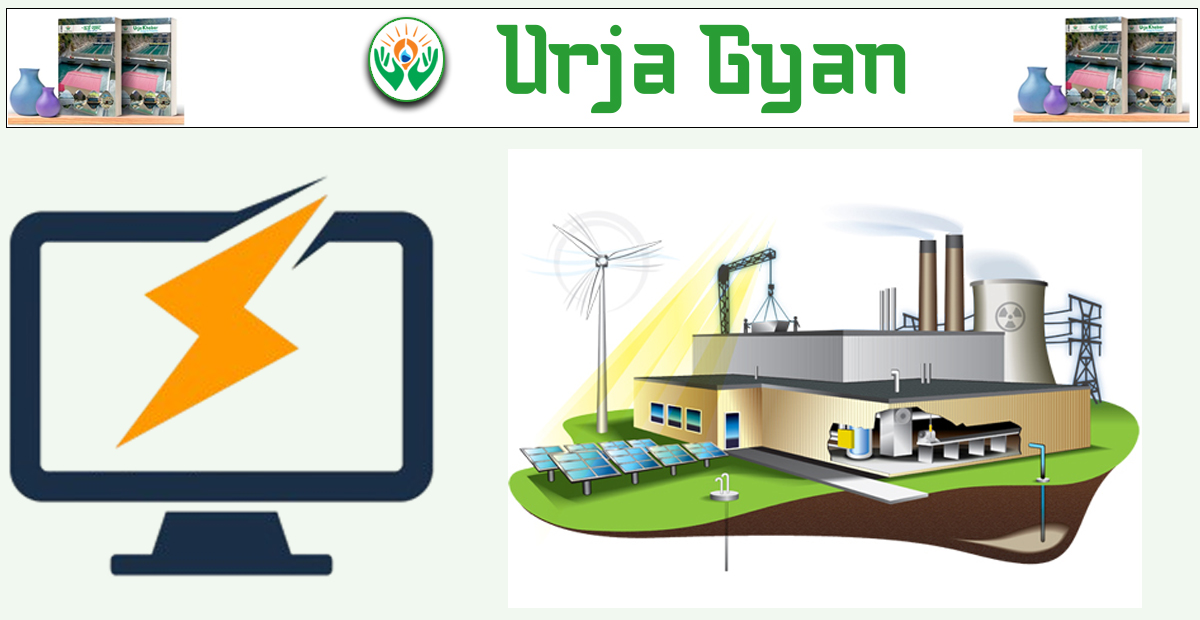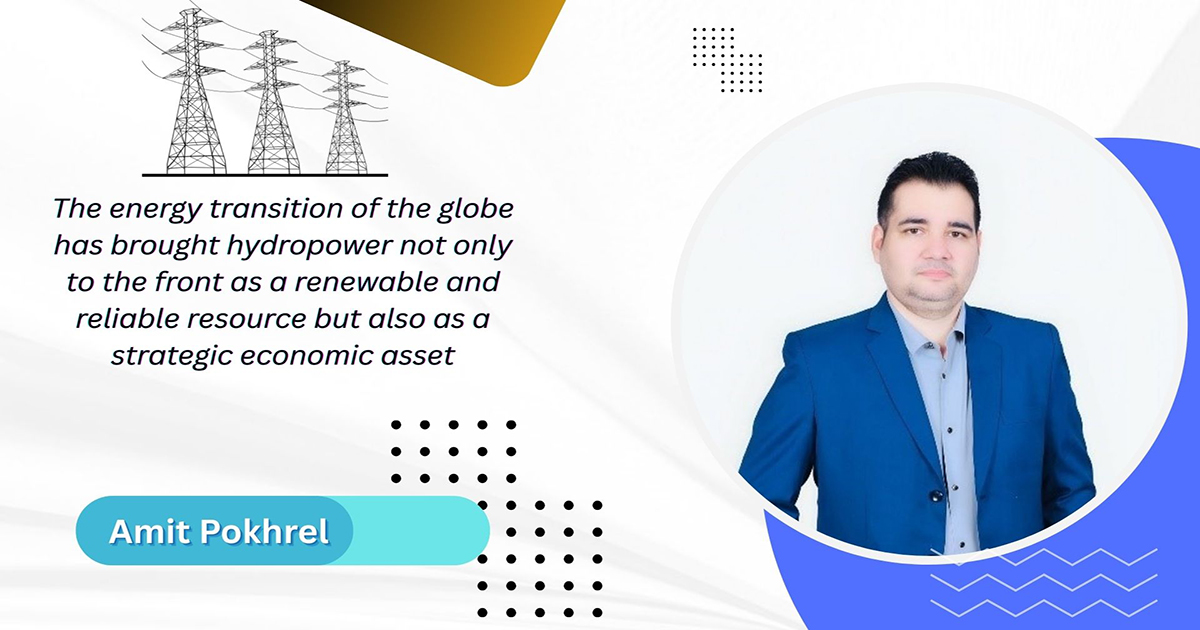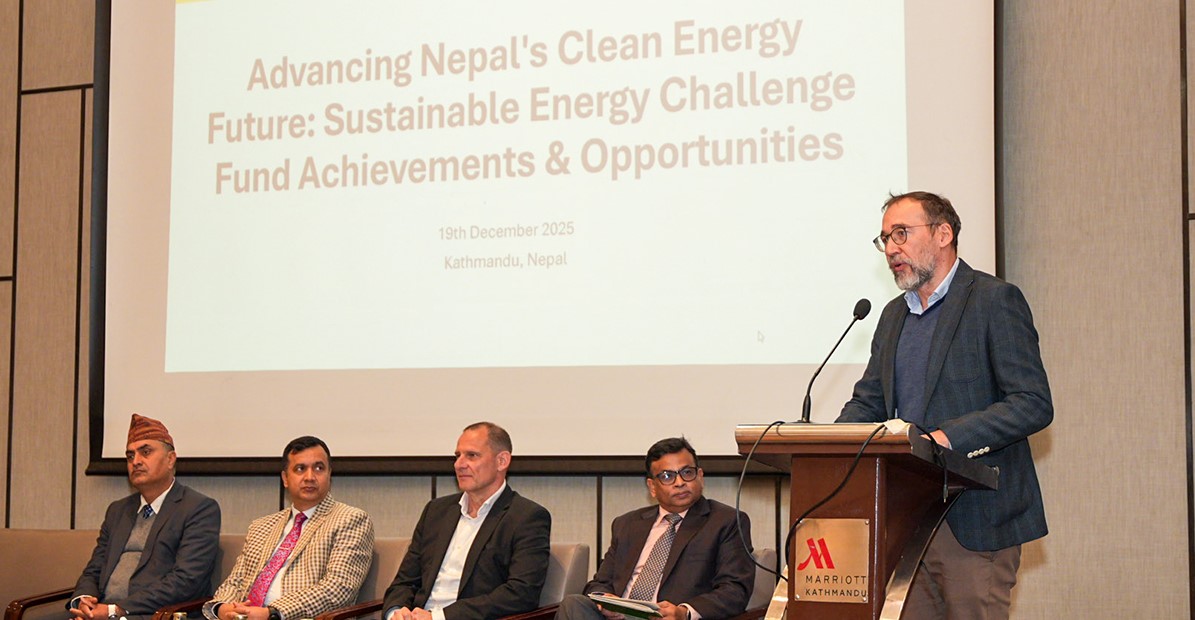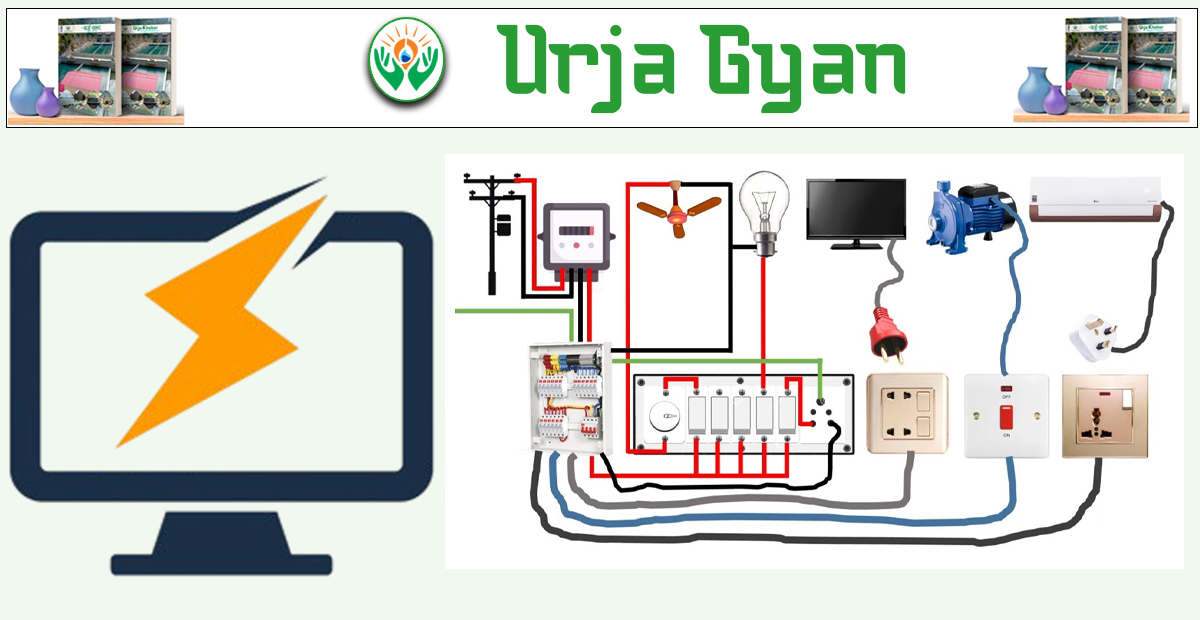Energy Update
Energy Consumption in the Industrial Sector and Its Dimensions

Kathmandu; Under its weekly educational column 'Urja Gyaan' every Friday, Urja Khabar brings you this week's article on 'Energy Consumption in the Industrial Sector and Its Dimensions.' We had discussed the topic 'Energy Storage and Its Importance' last week.
1. Energy Consumption in the Industrial Sector

Industrial sector energy use is considered to be extremely important for economic development, infrastructure, and sustainability. The industrial sector is typically one of the most energy-intensive sectors, and it uses numerous sources of energy in production, processing, storage, and transportation.
2. Major Energy-Intensive Industries

- Manufacturing Industries: Cement, iron/steel, textiles, food processing, etc.
- Mining and Extraction: Coal, minerals, petroleum, etc.
- Construction Industry: Energy is required to operate equipment and process materials.
- Chemical Industry: Fertilizers, plastics, pharmaceuticals, etc.
- Heavy Machinery & Equipment Industry: Iron processing, metal melting (foundry), etc.
3. Sources of Energy
- Electricity: For operation of machinery, lighting, and control systems.
- Fossil Fuels: Coal, diesel, natural gas (transportation and boiler usage).
- Thermal Energy: For processes involving heating, drying, and melting.
- Renewable Energy: Hydropower, wind energy (emerging trend), solar panels, biogas, etc.
4. Energy Usage Patterns
- Base Load Demand: Energy requirement round the clock for continuous operations.
- Peak Load Demand: Dynamic energy demand according to production fluctuation.
- Energy Intensity: Amount of energy used per unit of production (efficiency measure).
5. Energy Efficiency Practices
- Usage of energy-efficient equipment.
- Automation and optimization systems to reduce wastage.
- Heat recovery systems to recycle wasted heat energy.
- LED lighting and power factor correction equipment usage.
- Energy audits for monitoring and improvement in usage.
6. Environmental and Economic Impacts
- Uncontrolled and wasteful energy consumption results in negative environmental effects.
- Profitability in industry is directly affected by energy expenses.
- Transitioning to green industries enables the achievement of sustainable development goals.
7. Trends and Directions for the Future
- Decarbonization of industries can be achieved through clean electricity and green hydrogen adoption.
- Smart grid and digital monitoring systems can help achieve optimization of energy flow.
- Investment in on-site renewable energy technologies like rooftop solar and biomass is on the rise.
- Government incentives like energy loans and tax rebates can encourage clean energy adoption in industries.
Conversation
- Info. Dept. Reg. No. : 254/073/74
- Telephone : +977-1-5321303
- Email : [email protected]














